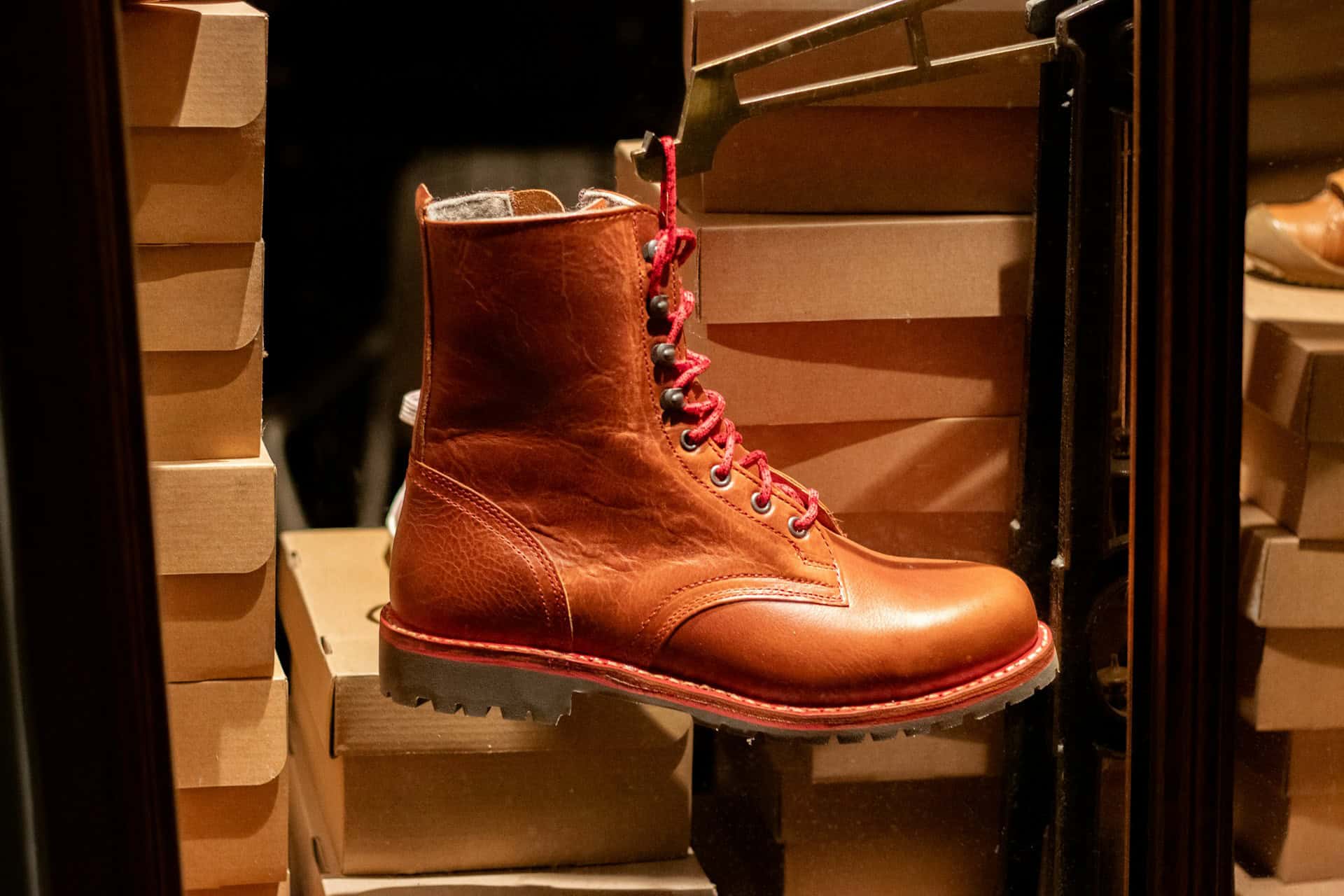Boots are a footwear staple with a unique dual purpose: they must be durable and functional while also keeping up with trends and aesthetics. Whether it’s a rugged work boot or a sleek fashion silhouette, the production of boots demands a precise balance between performance and design. In this post, we explore how boots are made — from material selection to quality control — and how brands can create boots that truly stand out in the market.
Understanding the Purpose: Utility vs. Aesthetic
Boots come in many forms: hiking boots, Chelsea boots, combat boots, fashion ankle boots, safety boots. Each category requires a different approach to design, materials, and production.
- Work Boots & Outdoor Footwear: Prioritize grip, waterproofing, insulation, and abrasion resistance.
- Fashion Boots: Focus on silhouette, heel structure, material texture, and seasonal trends.
- Hybrid Styles: Combine features of both — for example, fashion-forward hiking boots.
Successful boot production starts with identifying the end use and understanding the demands of that market.
Material Selection: Strength Meets Style
Durability starts with smart material choices. Some of the most common materials include:
- Full-grain leather: Long-lasting, water-resistant, and ages beautifully.
- Nubuck and suede: Offer a softer, more premium feel but require protection.
- Rubber outsoles: Used for traction and weatherproofing.
- Thermal linings (e.g., Thinsulate™): Provide insulation for winter collections.
- Vegan leather & recycled components: Rising demand in sustainable fashion.
The right sourcing partner can advise on the ideal combination of materials to ensure performance without compromising on aesthetics.
Key Phases in Boots Manufacturing
- Design and Pattern Making: Designs are translated into technical drawings and boot-specific patterns that accommodate thicker materials and more complex structures.
- Cutting and Reinforcement: Boots often require additional reinforcement pieces (e.g., toe caps, shanks, ankle padding) for structure and protection.
- Stitching and Lasting: Heavy-duty stitching is essential. Lasts used in boots are typically more robust than in sneakers or flats due to the boot’s height and weight.
- Sole Attachment: Depending on the use case, boots may require cemented soles, goodyear welt construction, direct injection molding, etc.
- Finishing and Polishing: Boots are cleaned, conditioned, and sometimes waxed or burnished to enhance color depth and resistance.
Testing and Compliance
Because boots are often worn in challenging conditions, rigorous testing is critical:
- Water resistance testing
- Slip resistance and abrasion testing
- Flex and pressure tests for sole durability
- CE/ASTM compliance for safety boots
Trends Driving Modern Boot Production
Brands must now align functionality with market expectations:
- Sustainability: More demand for vegetable-tanned leather, recycled rubber, and solvent-free glues.
- Modularity: Interchangeable soles and uppers.
- Gender-neutral collections
- Urban utility: Blending outdoor features with city aesthetics.
Why Produce Boots in Portugal?
Portugal combines technical excellence with artisanal heritage. Portuguese factories are renowned for:
- Mastery in leatherworking
- Skilled labor with experience in Goodyear and Blake constructions
- Short lead times and full-service production
- EU compliance and sustainability standards
Looking to develop a boot collection that blends technical performance with market-ready style? Let’s speak about your project!
